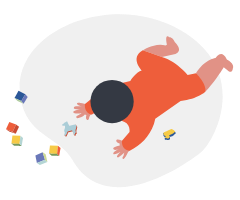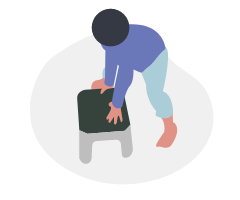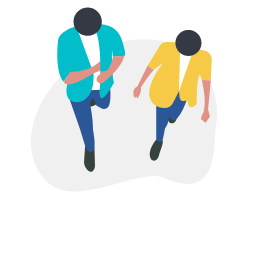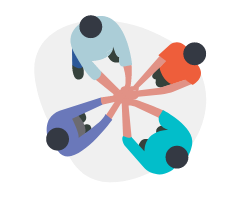You can also find a skeletal dysplasia expert—someone with expertise in achondroplasia and other forms of dwarfism or growth disorders. If you don’t have access to a skeletal dysplasia clinic, here are a few questions to consider asking healthcare providers to help you decide if they have the expertise you are looking for:
1. How many children with achondroplasia or other skeletal dysplasias have you treated?
2. Have you been involved in any research on achondroplasia?
3. What other types of doctors should my child be seeing?
4. How will you coordinate care with the rest of my child’s healthcare team?




